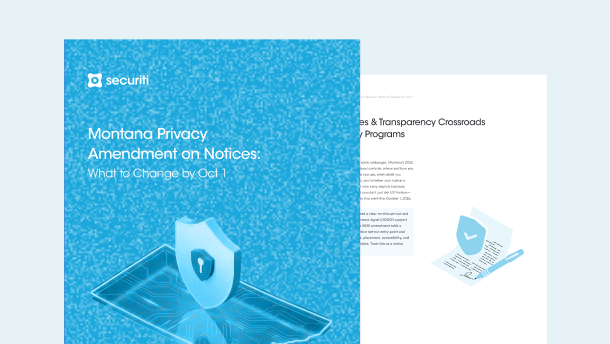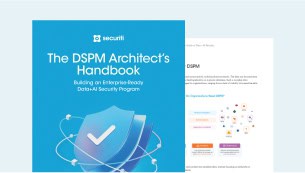Authorization refers to the process of granting or denying access to a system, resource, or network to an authenticated user or entity based on its identity, roles, or permission.
Why Is Authorization Essential?
Authorization has an extremely important role to play in cybersecurity for organizations. Robust authorization practices are critical for organizations aiming to maintain the integrity of their systems. Various mechanisms, strategies, and policies related to authorization have been developed, catering to the unique needs and requirements of different organizations of varying sizes and industries.
Read on to learn more about why authorization is such a crucial concept for organizations to get right, some of the common techniques and mechanisms in use today, best practices to leverage the most effective results, and finally, the common challenges most organizations face in implementing proper authorization. Organizations adopt authorization for the following reasons:
- Data Protection: Data is an invaluable resource for organizations. Naturally, organizations undertake elaborate steps to ensure all sensitive and vital data is appropriately protected. One of the basic ways of doing so is to curate who and what has access to such resources. By adopting such an approach, organizations cannot only prevent unauthorized access but also eliminate or severely minimize the chances of insider threats.
- Regulatory Requirements: In some cases, organizations may have no other choice in the matter other than to implement and enforce a strict authorization policy owing to regulatory requirements. As mentioned earlier, requirements related to authorization may vary depending on which industry an organization operates in. In some industries, authorization mechanisms are standard requirements organizations must fulfill to ensure they have the appropriate level of protection mechanisms in place to protect their users’ data and information.
- System/Data Integrity: While data theft can be a menace for organizations, it represents just one of the dangers an organization faces when protecting its data resources. In some cases, a malicious actor may not be looking to steal or illegally duplicate data but simply corrupt it. Hence, organizations need to have a strict authorization policy in place to ensure only the most necessary personnel gain access to such resources and minimize any threats to system/data integrity.
Role-Based Access Control (RBAC) and Authorization Policies
Role-Based Access Control (RBAC) is an authorization model where permissions to access, modify, or delete system and data resources depend strictly on the individual’s role and position within the organization. Such a model ensures that only personnel whose job responsibilities require access to certain resources ever gain access to them.
Authorization Policies are a set of predefined rules and criteria most organizations adopt as a way of providing clarity related to their internal access practices. It provides information on how permissions are granted and denied, often depending on user roles, location, and supervisor’s clearance.
Authorization Mechanisms & Techniques
Some of the most commonly used and deployed authorization techniques include the following:
- Access Control Lists (ACLs): These are simple lists of resources that have been granted certain permissions and are allowed on an organization’s internal network for organizations.
- OAuth & OpenID Connect: These are widely used for web-based authorization as they allow for secure access to digital resources without exposing user credentials.
- Biometric Authorization: These are mostly used when authorizing physical access for personnel to certain locations that may contain physical copies of critical assets.
Authorization Best Practices for Data and System Security
Some of the best practices when it comes to authorization include:
- Principle of Least Privilege (PoLP): PoLP grants all organizational personnel the minimum degree of access they require to perform their daily tasks. Exceptions can be made on a strict “need to” basis, which minimizes the chances of an internal security incident.
- Regular Audits: Regular audits of all granted and denied authorizations are necessary to rectify any mistakes and inconsistencies while also removing permissions for personnel who may no longer be at the organization.
- Encryption: Any internal resources that contain information related to the organization’s internal authorization practices must be appropriately encrypted to reduce the chances of it being exploited by malicious actors.
Challenges in Authorization Management
Some major challenges an organization may face when it comes to authorization include the following:
- Scalability: As organizations grow, their internal practices need to evolve proportionately. This can be a challenge for organizations, particularly when it comes to managing authorization for large volumes of data or data assets. Scalable solutions that allow for complex permission models need to be adapted.
- Integration with Legacy Systems: Organizations may find themselves using multiple systems simultaneously. Legacy systems that may contain information related to authorization information must be appropriately integrated and, if possible, wholly migrated to ensure the organization’s permissions and authorization model are not disrupted.
- User Education & Awareness: An organization must be proactive in ensuring its employees and personnel are both aware and supportive of its authorization practices. Conducting regular workshops and awareness sessions to emphasize the importance of their roles and responsibilities can be key in mitigating any potential security risks.





































